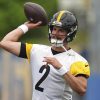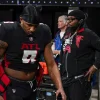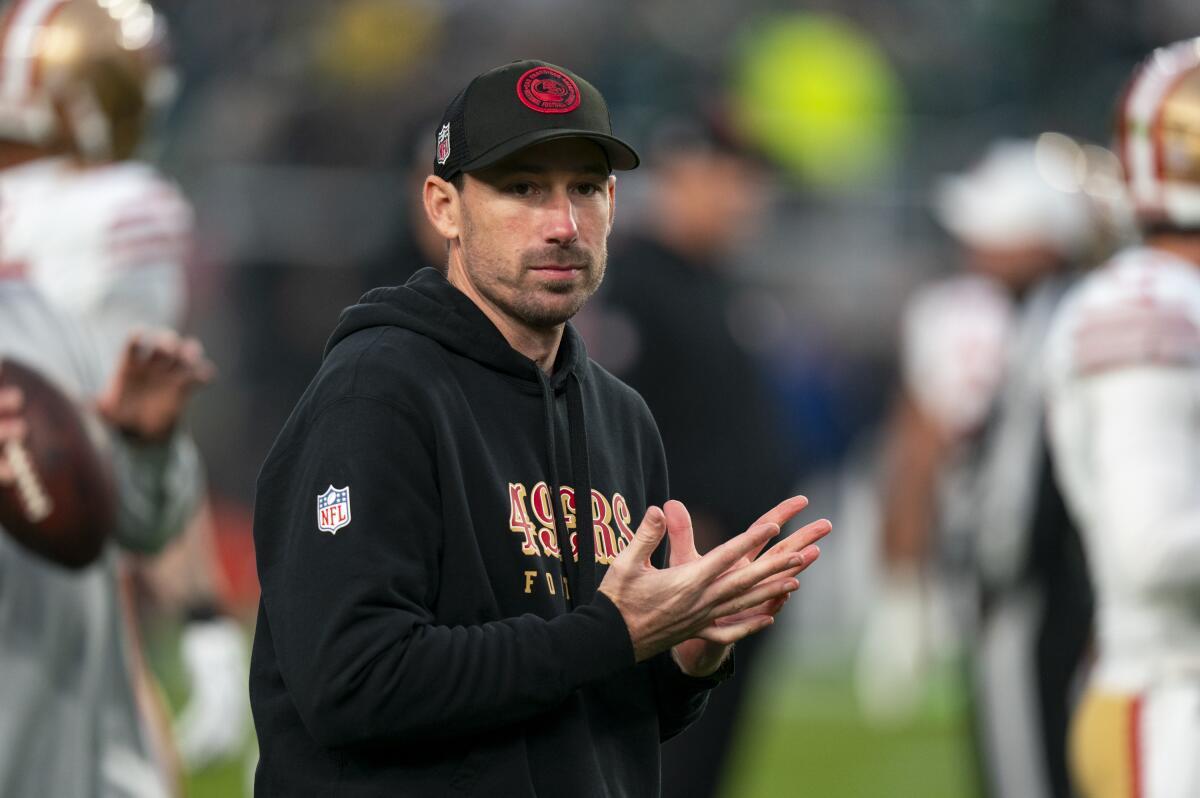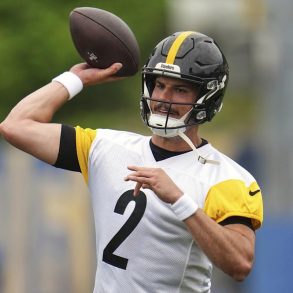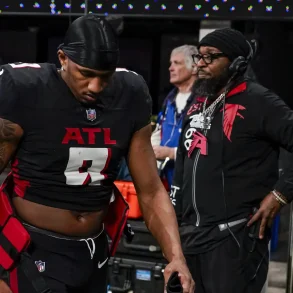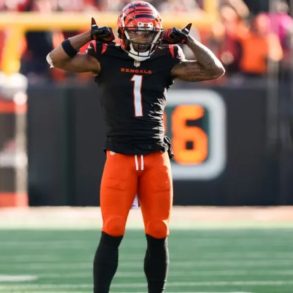In 2018, then-Seattle Seahawks coach Pete Carroll aimed to improve the team’s struggling run game. The first move was replacing offensive coordinator Darrell Bevell with Brian Schottenheimer. That season, the Seahawks led the NFL in rushing yards, largely because Schottenheimer ran the ball more than any other coach.
Seven years later, Mike Macdonald is trying something similar, though with a different approach. Macdonald hired Klint Kubiak as offensive coordinator to replace Ryan Grubb, aiming to run the ball more than his fired predecessor did.
However, Kubiak’s history and his comments on Tuesday suggest that this change won’t be as extreme as in 2018, when Seattle went from one of the least run-heavy teams to the top in rushing, with a designed rush rate of 49.3%.
Rather than focusing solely on the run, Kubiak’s message was about offensive balance. He stressed being able to beat defenses in multiple ways. “Coach Macdonald has stressed from the beginning the things that he’s looking for, and the type of offense that he seeks,” Kubiak told Sports Radio 93.3 KJR-FM.
“I’m excited that our brand of football does match that. We talked through that in the interview process, and we also have the same agreement that it’s not always going to be one way. There’s more than one way to win a game.”
Kubiak emphasized the need to be both a physical team that can run the ball and execute play action, while also being effective in drop-back passing situations.
Kubiak’s previous offenses haven’t ranked in the top 10 for designed rush rate, with the 2021 Minnesota Vikings ranked 11th (39.6%) and the 2024 New Orleans Saints ranked 14th (39.8%). During the six games he called plays for the Denver Broncos in 2022, they were 20th (35.9%).
When focusing on each team’s designed rush rate during games where the score difference was no more than eight points, the ’21 Vikings fell to 20th (39%), the ’22 Broncos rose to 16th (41.8%), and last season’s Saints moved up to eighth (43%).
However, all of these are considered run-heavy compared to Grubb, whose Seahawks had a low designed rush rate (29th at 33.7%) and struggled with effectiveness (28th at 95.7 yards per game), putting a lot of pressure on quarterback Geno Smith.
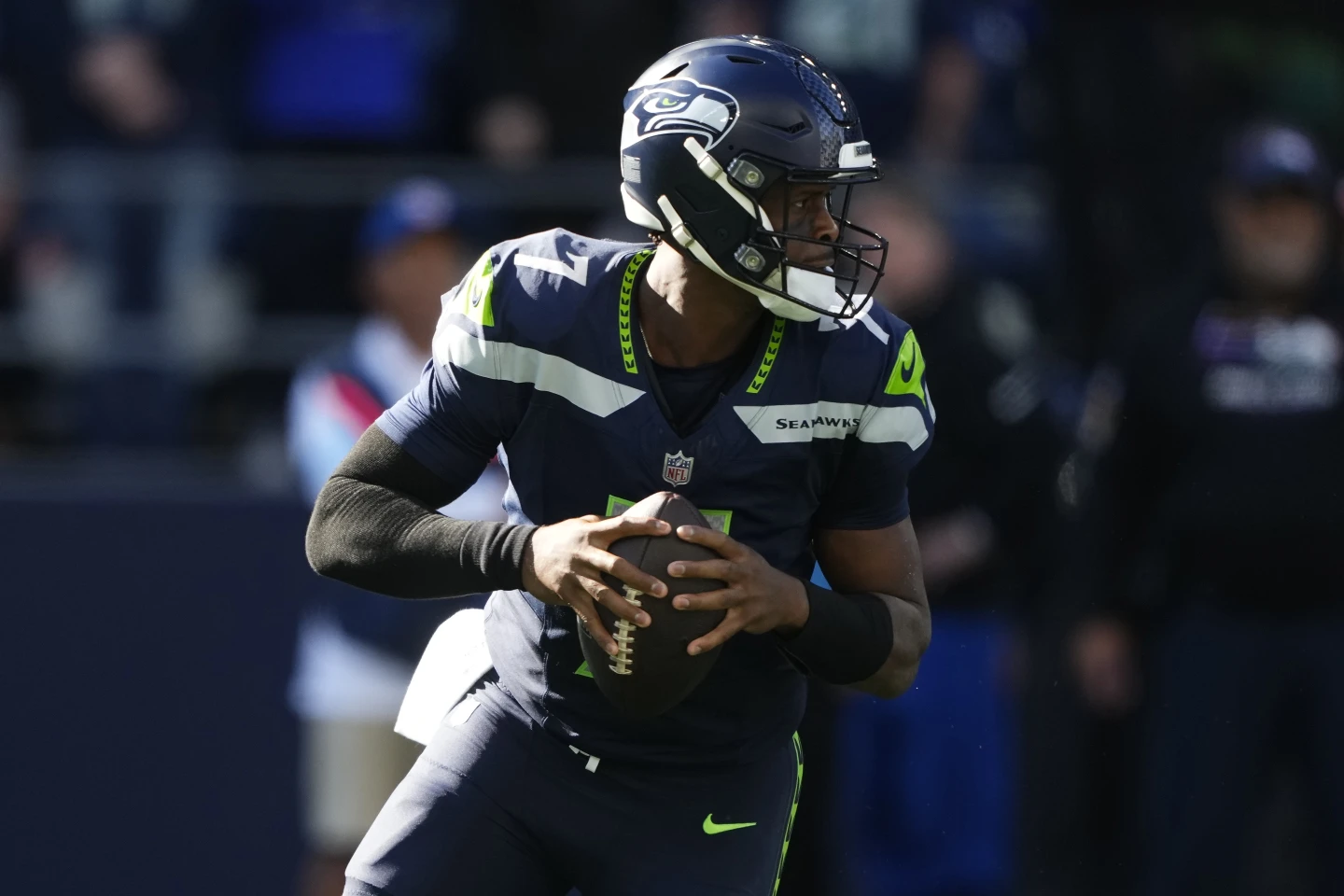
The lowest point came in November
The lowest point came during overtime in a November loss to the Los Angeles Rams when the Seahawks needed just one yard to keep a potential game-winning drive alive but failed twice with handoffs to Kenneth Walker III. They lined up in shotgun on third-and-1 and then brought in a tight end to play fullback on fourth down.
While Grubb, who was a lifelong college coach, preferred shotgun, Kubiak’s offenses with the Vikings and Saints often featured under-center snaps. Kubiak also used a true fullback in both of those teams, something Seattle lacked last season.
The Seahawks briefly found success in December with a gap-scheme attack, but Kubiak’s specialty is the outside zone, a style his father, Gary Kubiak, adopted from Mike Shanahan in the 1990s.
Last season, New Orleans ran the second-highest percentage of outside zone plays, and Kubiak plans to make it the core of Seattle’s rushing attack.
“It’s important to establish a way of doing business here,” Kubiak said. “We’re going to start with that being an outside zone, but obviously we’re going to incorporate gap schemes, inside zones, pin and pull.
We’ve got to do what our players do best. So we have a philosophy that we believe in, a style that we believe in, but you’ve got to be able to win more than one way, like we said.”
While the Seahawks will need to improve their offensive line talent — Kubiak hinted at this in his radio interview, saying that the zone scheme needs an “elite” center — their backfield should be solid as long as Walker stays healthy. He missed six games last season due to oblique, calf, and ankle injuries, which led to Zach Charbonnet taking on a bigger role.
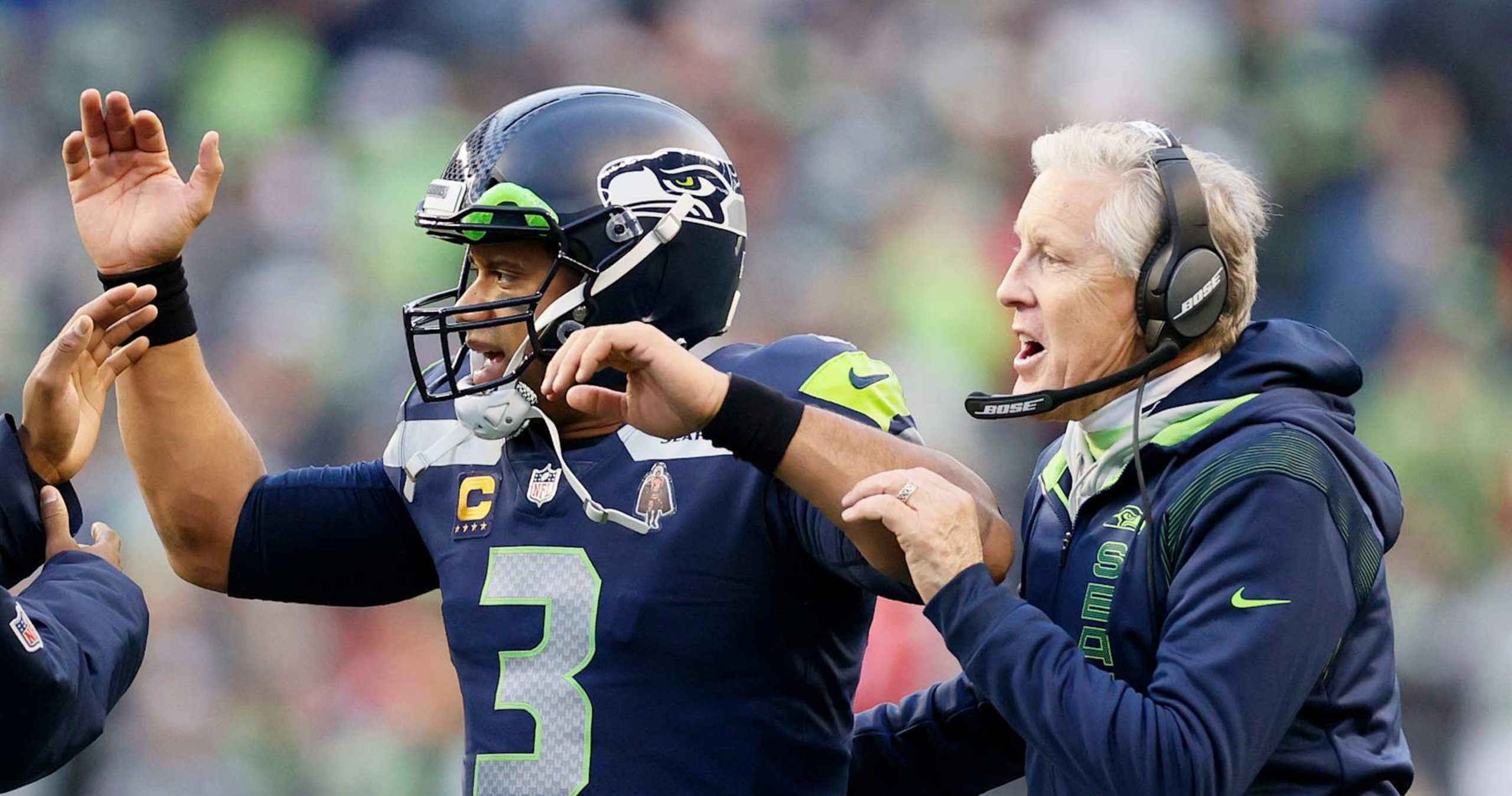
He was at the top of running backs
The fast Walker had ranked eighth among running backs in rushing yards and touchdowns over his first two seasons but saw a dip in both categories last season, finishing with career lows (573 yards, seven touchdowns).
“He’s a talented player so I’m really excited about him in this zone scheme,” Kubiak said. “But I’ve seen Ken in all schemes play really good football. I’ve seen the guy catch the ball well out of the backfield, which I think is really important for our backs that we utilize them. Obviously, whatever we can do to get him touches … we’re going to ask a lot out of him.”
A team source confirmed on Thursday that the Seahawks are expected to hire Justin Outten as the run-game specialist.
They are also in talks with Rick Dennison, who has worked with both Kubiaks in previous roles. Outten’s and Dennison’s strengths have been in offensive line play and the run game, which complements Kubiak’s background in quarterbacks and passing.
At one point on Tuesday, Kubiak mentioned that the run game is crucial to Seattle’s offensive identity. When asked why this is important, he responded:
“Because if you drop back 50 times in the game, it’s tough,” he said. “You’ve got to be a balanced team. I think balance is important and sometimes you’ve got to drop back 50 times to win the game and sometimes you’ve got to run it 50 times. But when it all comes through, we want to be balanced, and we want to be able to win multiple ways.”

